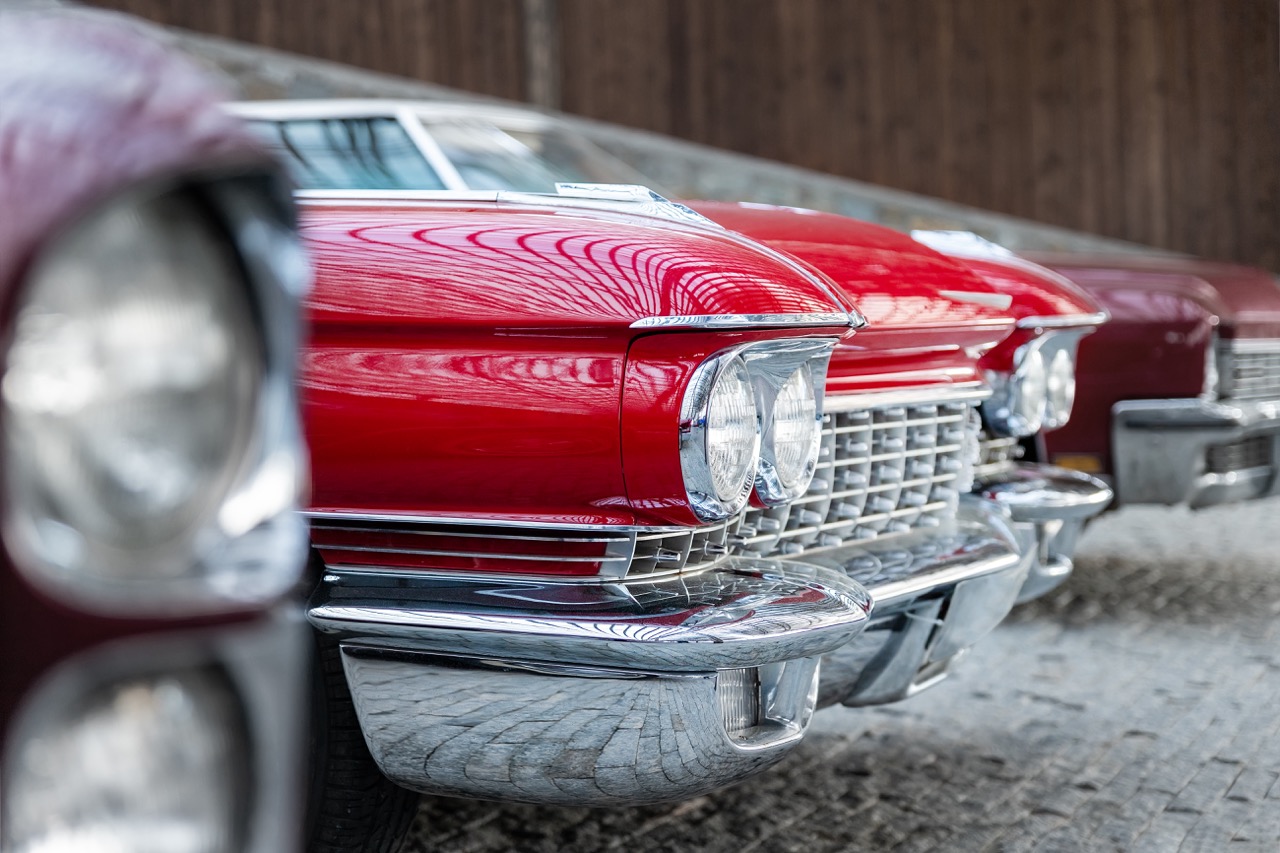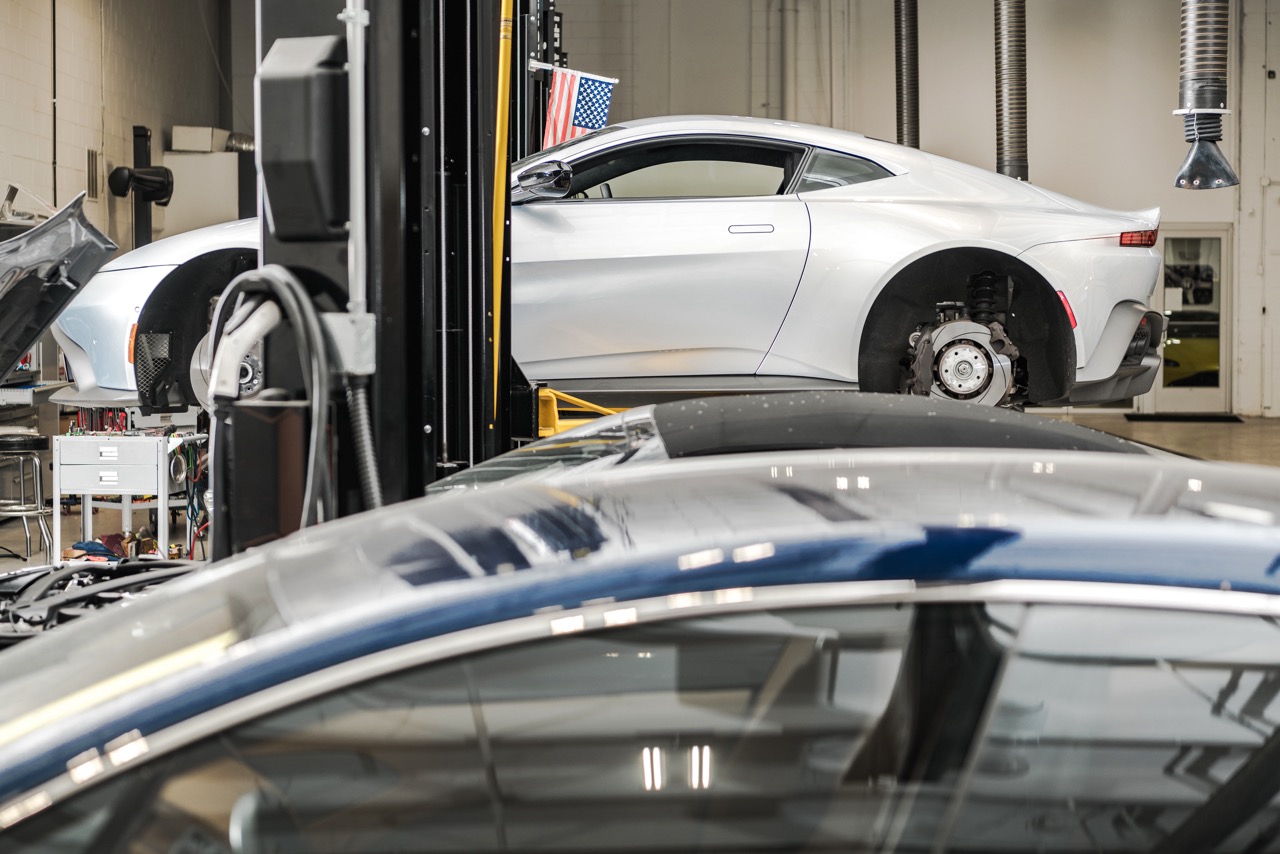The Dodge Challenger 1970: A Classic Muscle Car Icon
The Dodge Challenger, first introduced in 1970, quickly became a symbol of American muscle car culture. With its aggressive styling, powerful engine options, and an array of customizations, the Challenger captured the hearts of car enthusiasts and casual drivers alike. This iconic vehicle not only solidified Dodge’s place in the competitive muscle car market but also left an indelible mark on automotive history. As we explore its performance features, cultural significance, and maintenance tips, it becomes evident why the Dodge Challenger 1970 remains a beloved classic even decades later.
Performance Features That Defined a Generation of Drivers
The Dodge Challenger of 1970 was offered with an impressive lineup of engine options that appealed to a wide range of driving preferences. From the base 225 cubic inch Slant-Six engine to the monstrous 426 HEMI V8, the Challenger provided something for everyone. The 383 cubic inch V8 and the 440 cubic inch Magnum V8 were also available, ensuring that drivers could choose a model that aligned with their desire for speed and performance. The sheer power and torque of these engines gave the Challenger a reputation as a force to be reckoned with on the streets.
Equipped with a lightweight body and a performance-tuned suspension, the 1970 Challenger delivered an exhilarating driving experience. Its long hood and short rear design not only contributed to its striking aesthetics but also aided in achieving superior handling and stability at high speeds. The addition of options like the Rallye instrument cluster and heavy-duty brakes further enhanced the driving experience, allowing enthusiasts to customize their vehicles according to their performance needs. The Challenger was not just about straight-line speed; it was built for drivers who craved a thrilling overall experience.
Moreover, the Challenger’s performance did not go unnoticed in automotive circles. It quickly became a benchmark for muscle car performance, often compared to contemporaries like the Ford Mustang and Chevrolet Camaro. This competitive spirit helped to push the boundaries of what muscle cars could achieve, inspiring future generations of automotive engineers and designers. The blend of power, performance, and style made the 1970 Dodge Challenger a standout icon that set the pace for muscle cars in the years to come.
Cultural Impact: The Challenger in Movies and Music
Beyond its impressive specifications, the Dodge Challenger 1970 carved a unique niche in popular culture, primarily through its appearances in movies and music. One of its most notable roles was in the 1971 film "Vanishing Point," where a white Challenger was used as the protagonist’s vehicle in a high-stakes chase across the American West. This film solidified the Challenger’s status as a symbol of freedom and rebellion, resonating deeply with the counterculture of the time and contributing to its legendary status.
The Challenger also found its way into the realm of music, featuring prominently in songs that celebrated the spirit of the open road. Artists like the Beach Boys and Bruce Springsteen captured the essence of American life through lyrics that romanticized muscle cars, with the Challenger often taking center stage. This connection to the music of the era further entrenched the Dodge Challenger in the cultural fabric of the 1970s, appealing to a generation that valued speed, freedom, and individuality.
Today, the legacy of the Dodge Challenger continues to thrive, as it remains a popular choice among collectors and enthusiasts. Its appearances in contemporary films and television shows, along with its references in music, keep the spirit of the 1970 model alive. The Challenger is not just a car; it represents a lifestyle and a cultural movement that continues to inspire new generations of drivers and fans alike.
Tips for Maintaining Your 1970 Dodge Challenger Today
Owning a classic car like the 1970 Dodge Challenger brings immense joy, but it also comes with responsibilities. Regular maintenance is crucial to keeping this vintage muscle car in top condition. Start with routine checks of essential components such as the oil, coolant, and transmission fluids. Regular oil changes and fluid level checks will ensure that the engine runs smoothly and efficiently, reducing wear and tear over time.
Another important aspect of maintaining your Challenger is inspecting the electrical systems and wiring. Given the age of these vehicles, electrical issues can arise, so it’s wise to check the battery, alternator, and fuses regularly. Upgrading to modern components can enhance reliability while still preserving the classic feel of the car. Consider using LED lights for better visibility and longevity, which can be a great compromise between modern technology and vintage aesthetics.
Lastly, always pay attention to the bodywork and undercarriage of your Challenger. Rust can be a significant issue for classic cars, so inspecting and treating any signs of corrosion is essential. Regular washing and waxing can help to protect the paint, while a comprehensive detailing can keep the interior looking fresh. By following these tips, you can ensure that your 1970 Dodge Challenger not only remains a powerful performer but also retains its iconic status for years to come.
The Dodge Challenger 1970 is more than just a car; it’s a piece of automotive history that continues to influence car culture and performance standards. Its remarkable performance features, cultural significance, and the joy of ownership make it a timeless classic. Whether you are a long-time enthusiast or a new owner, understanding and appreciating the legacy of the Challenger will only enhance your experience on the road. With proper care and attention, this muscle car will undoubtedly continue to turn heads and evoke a sense of nostalgia for generations to come.










